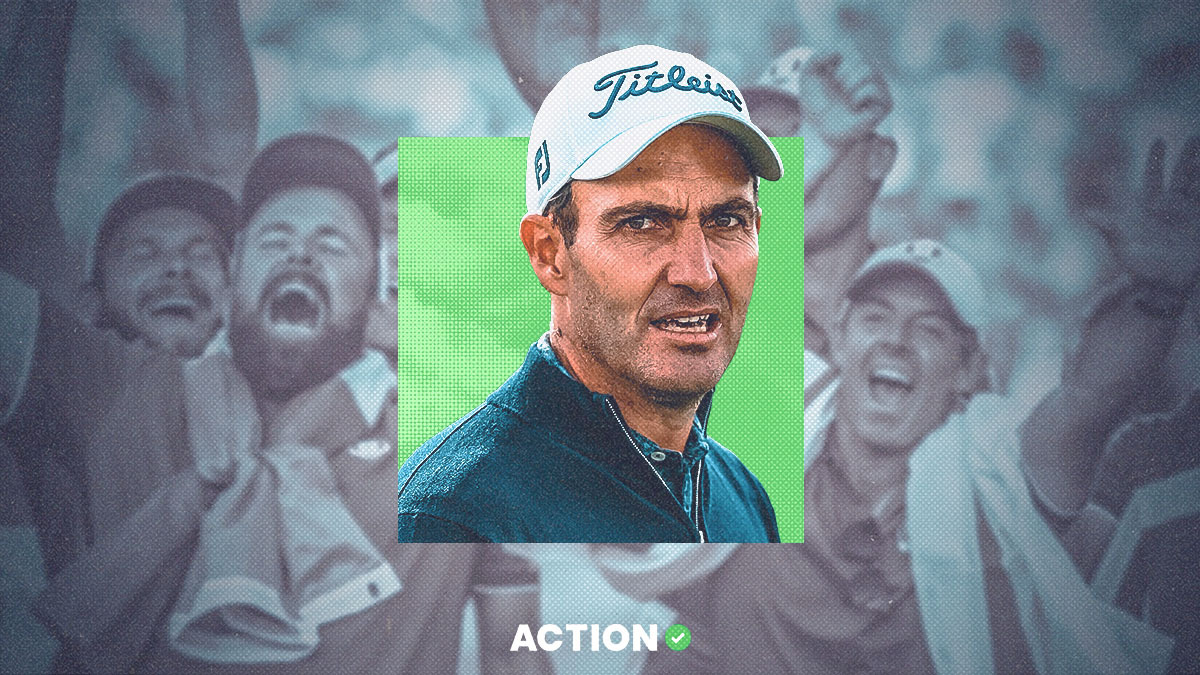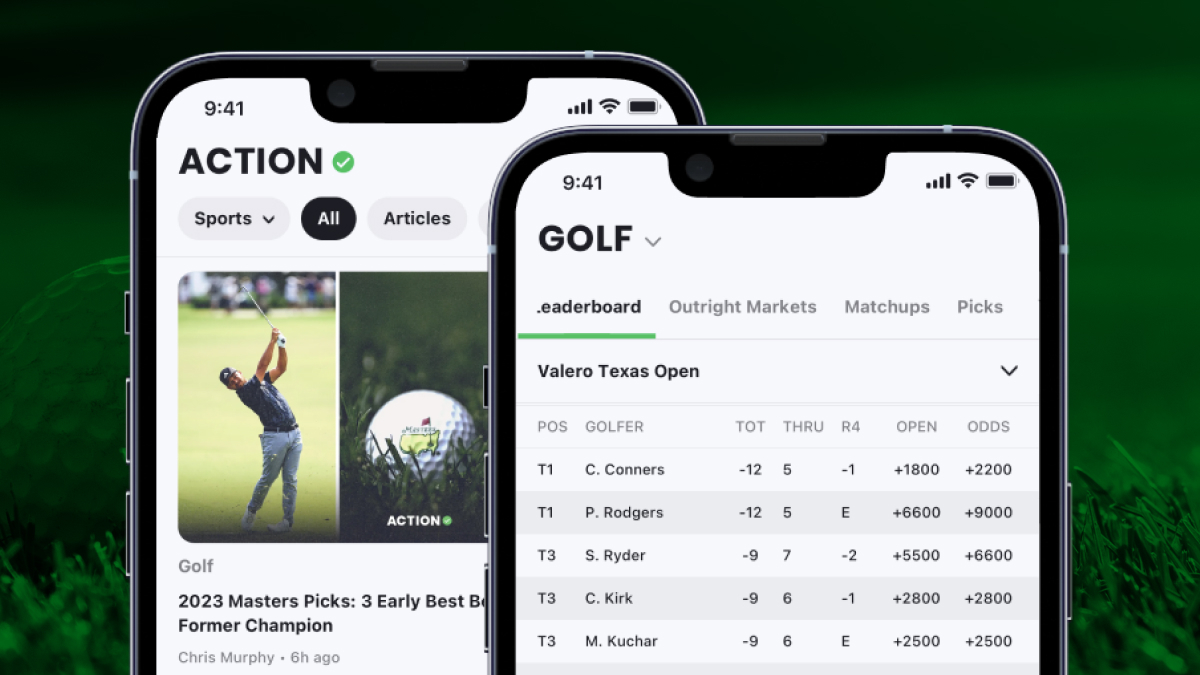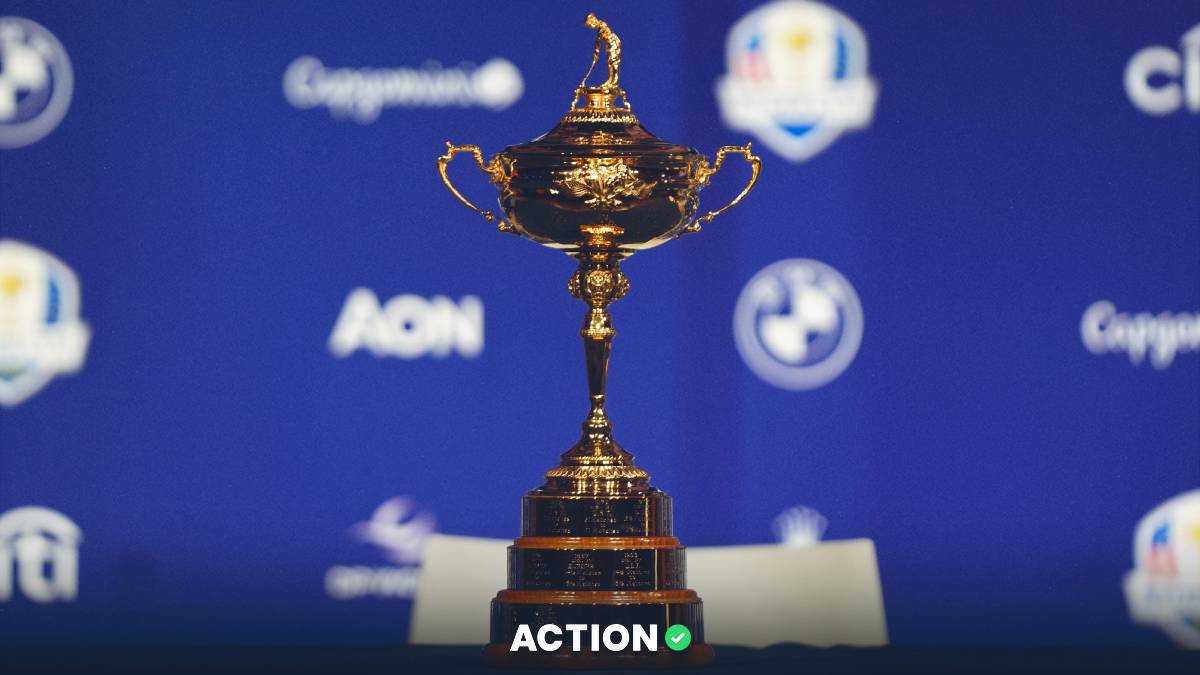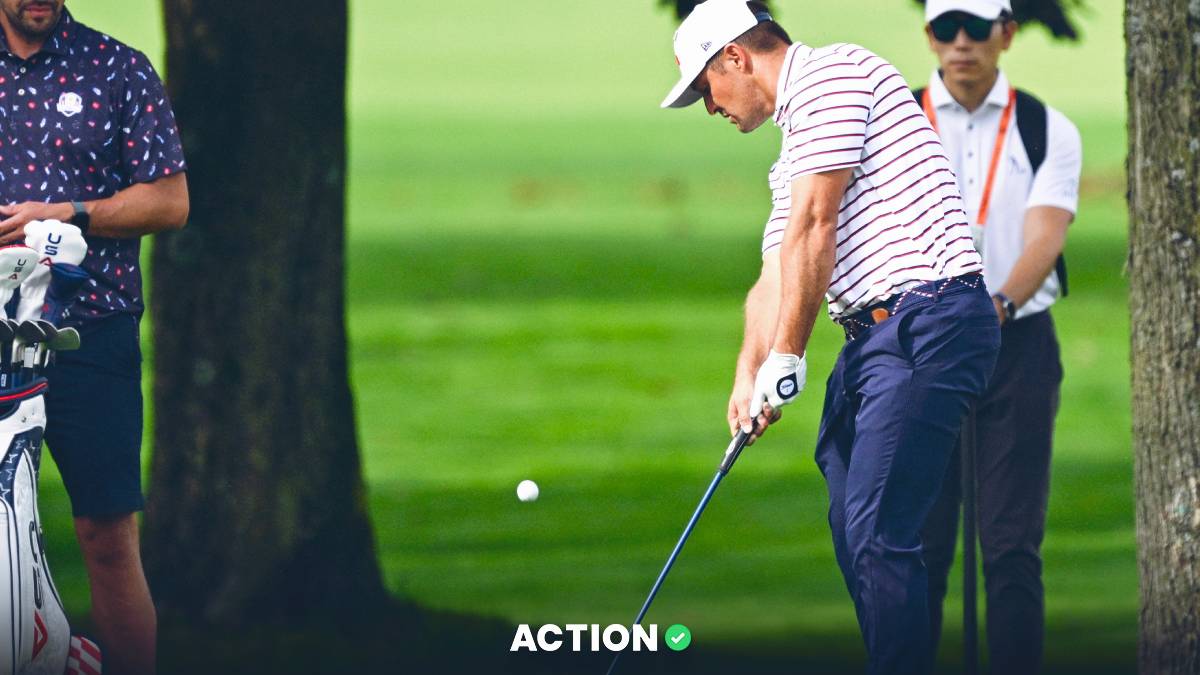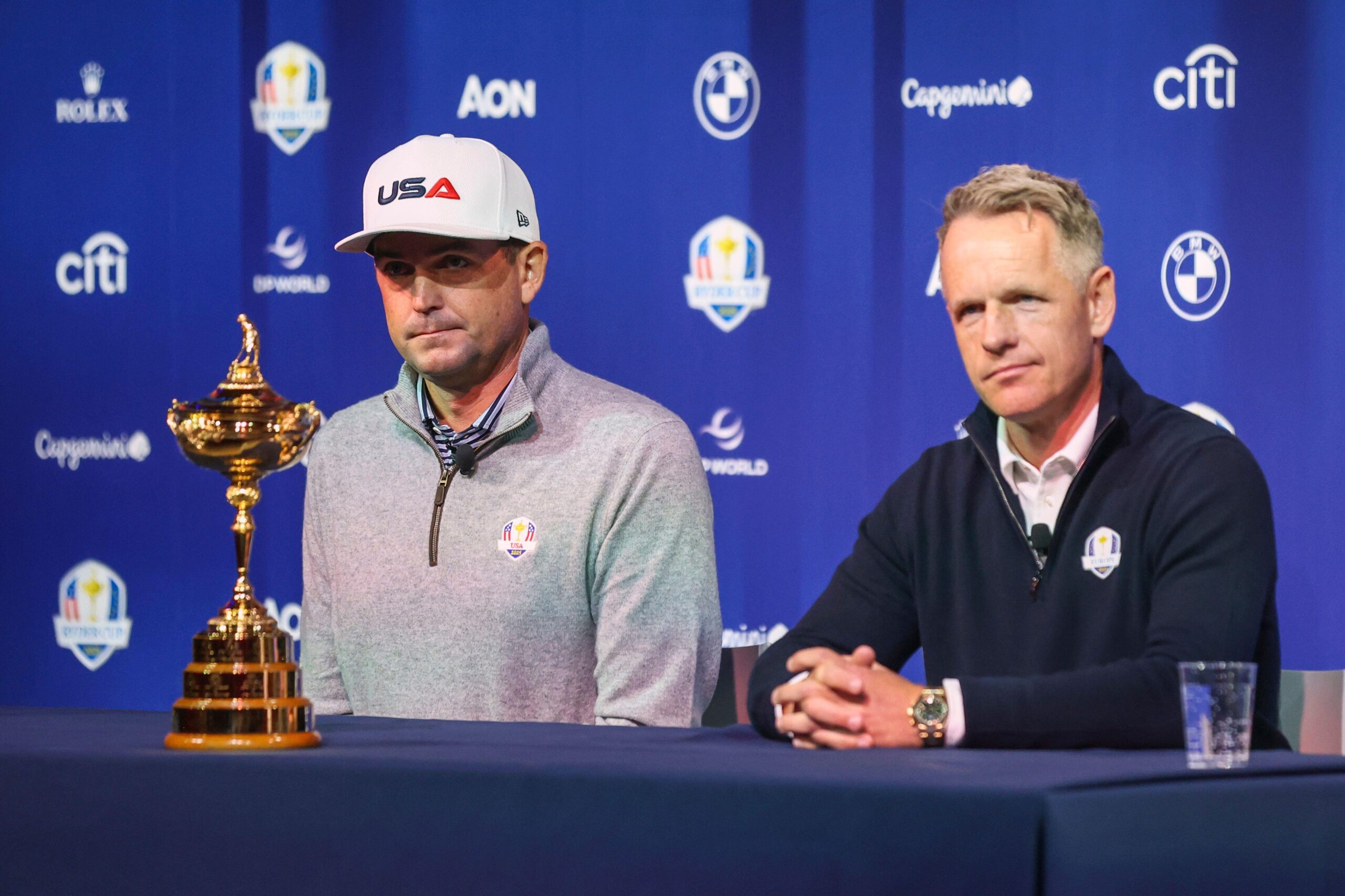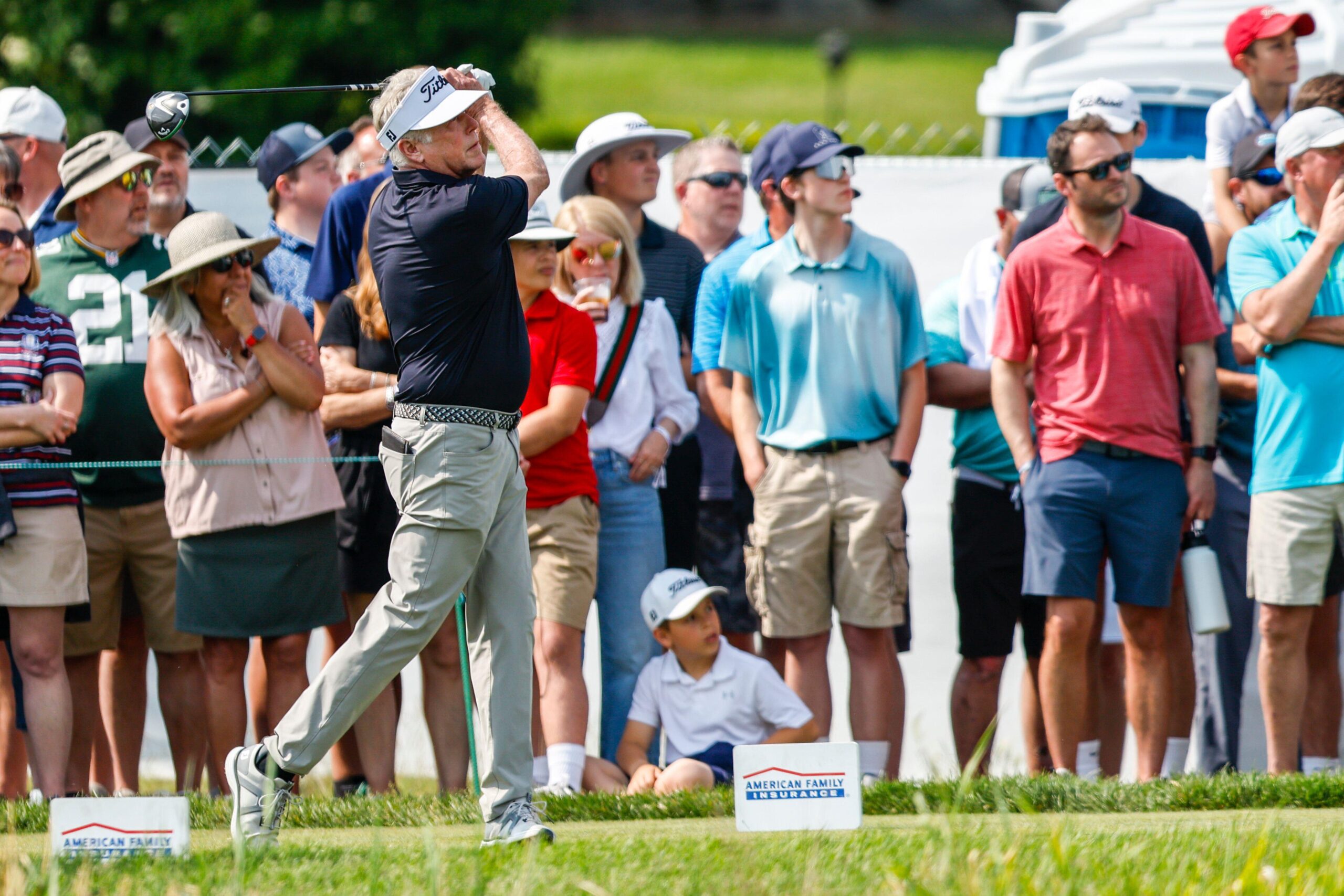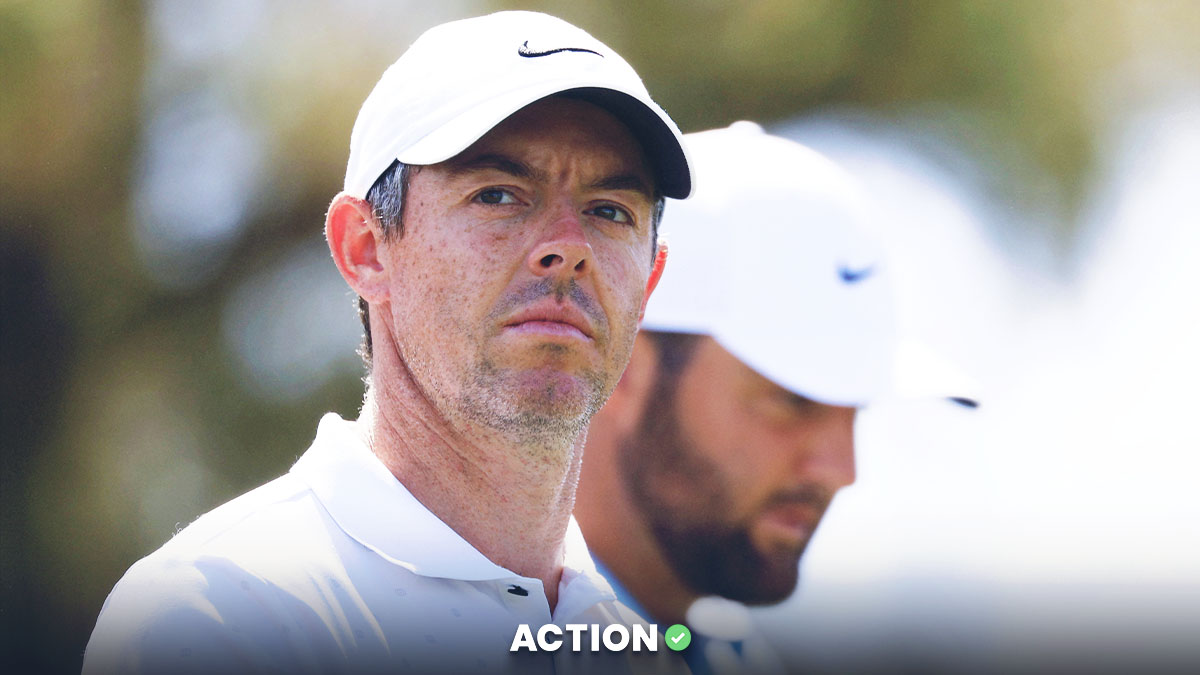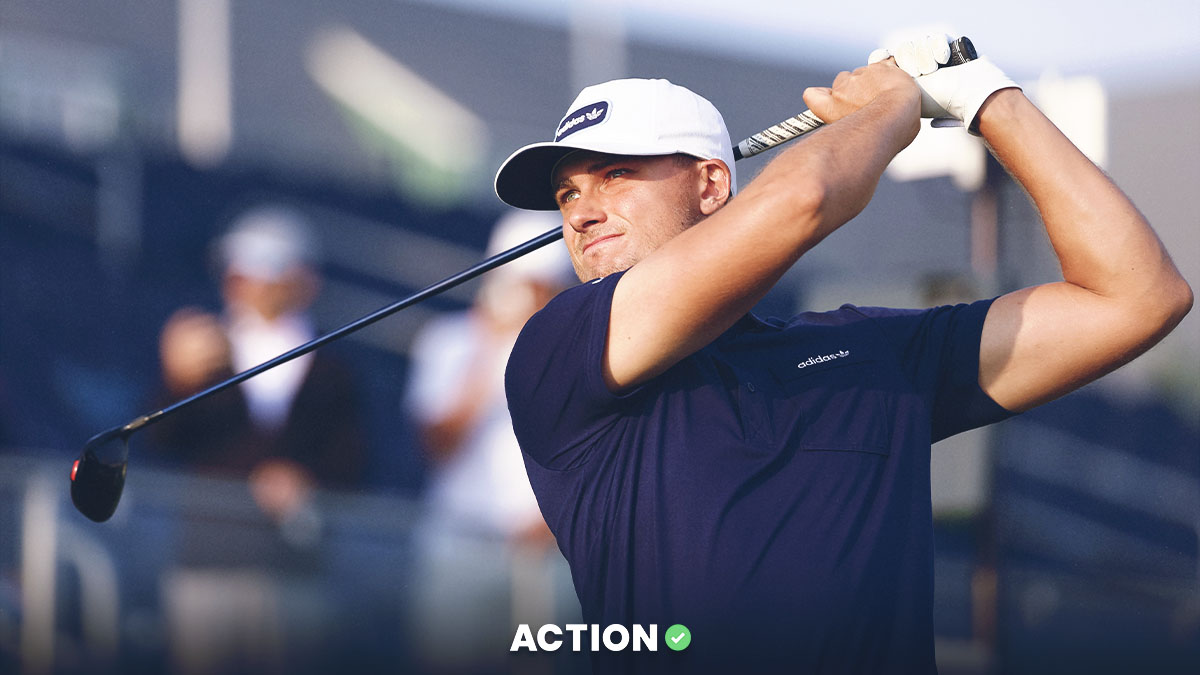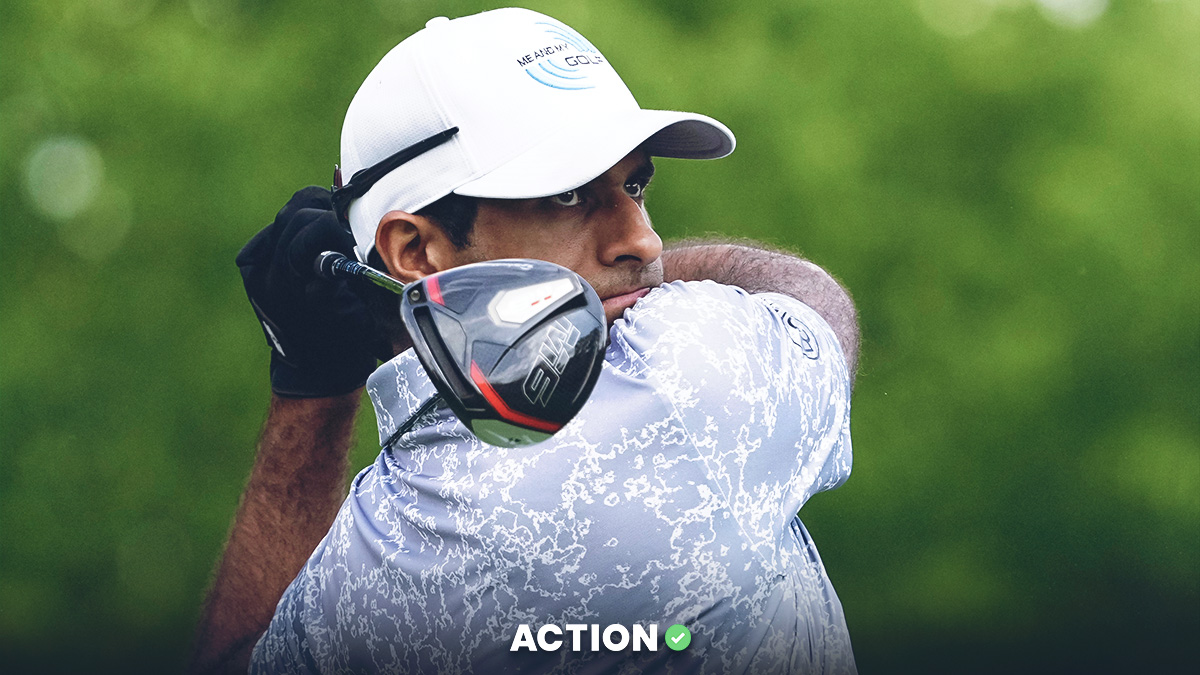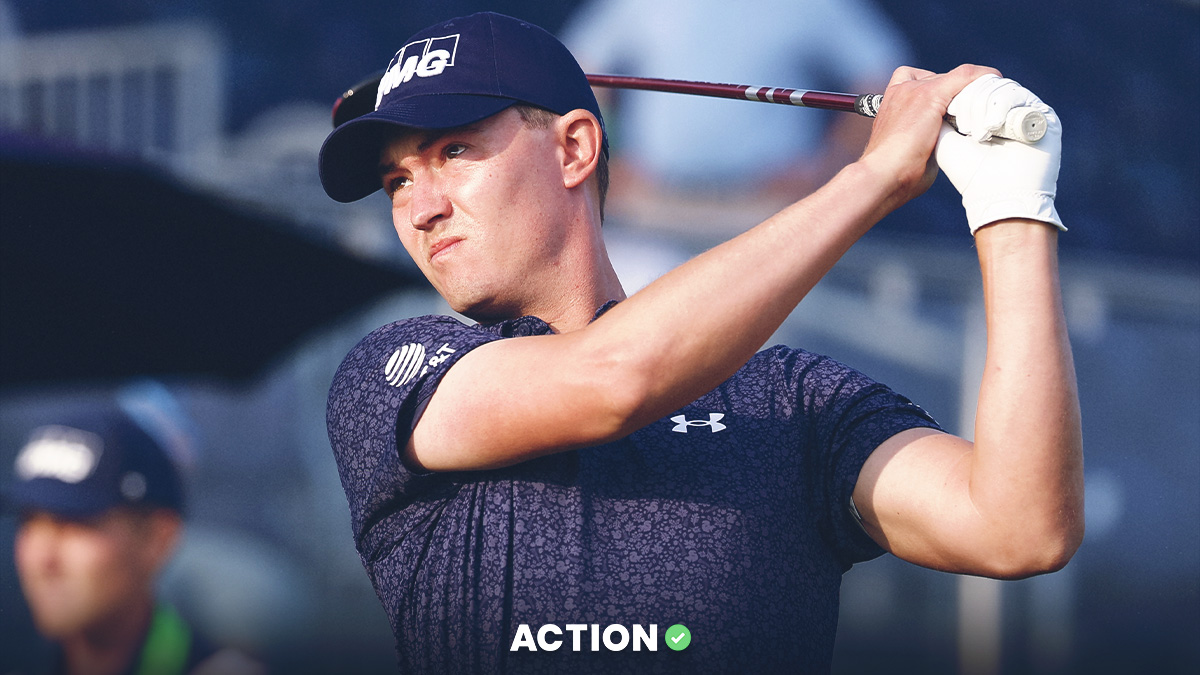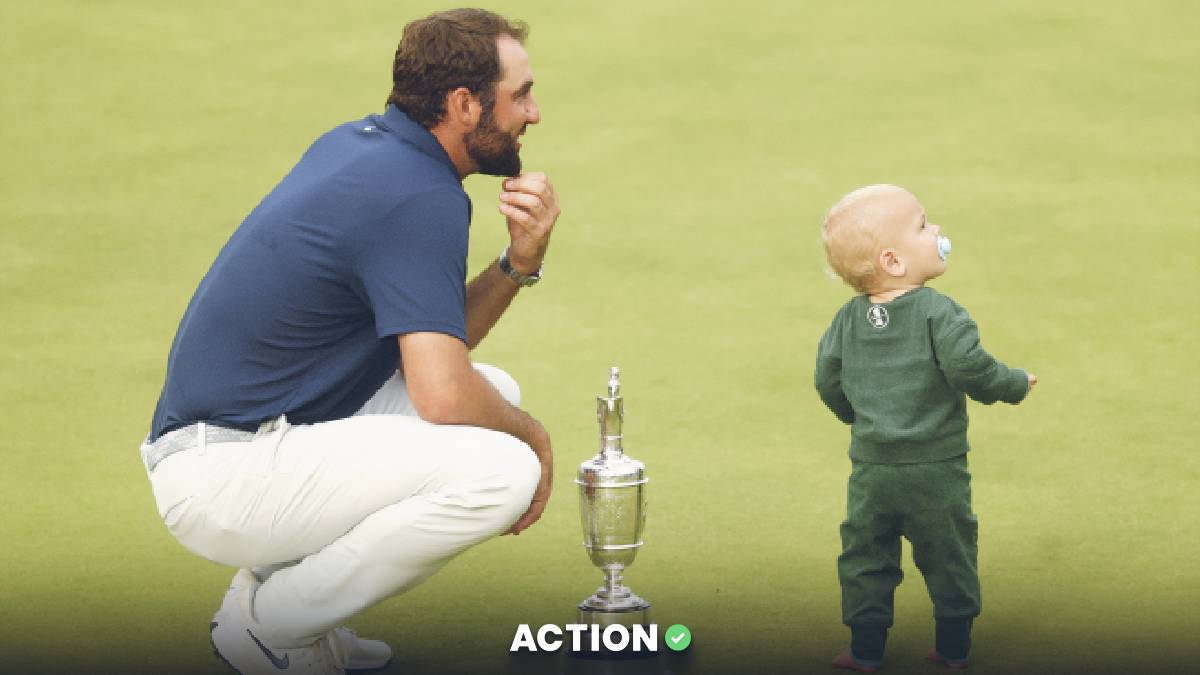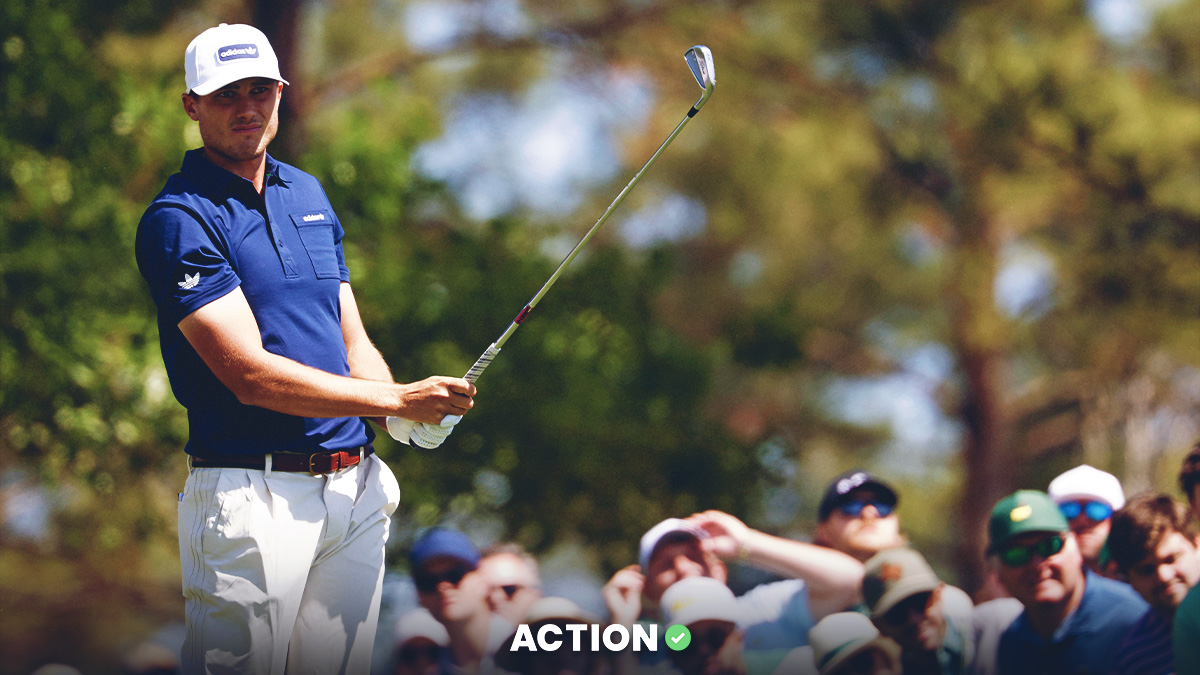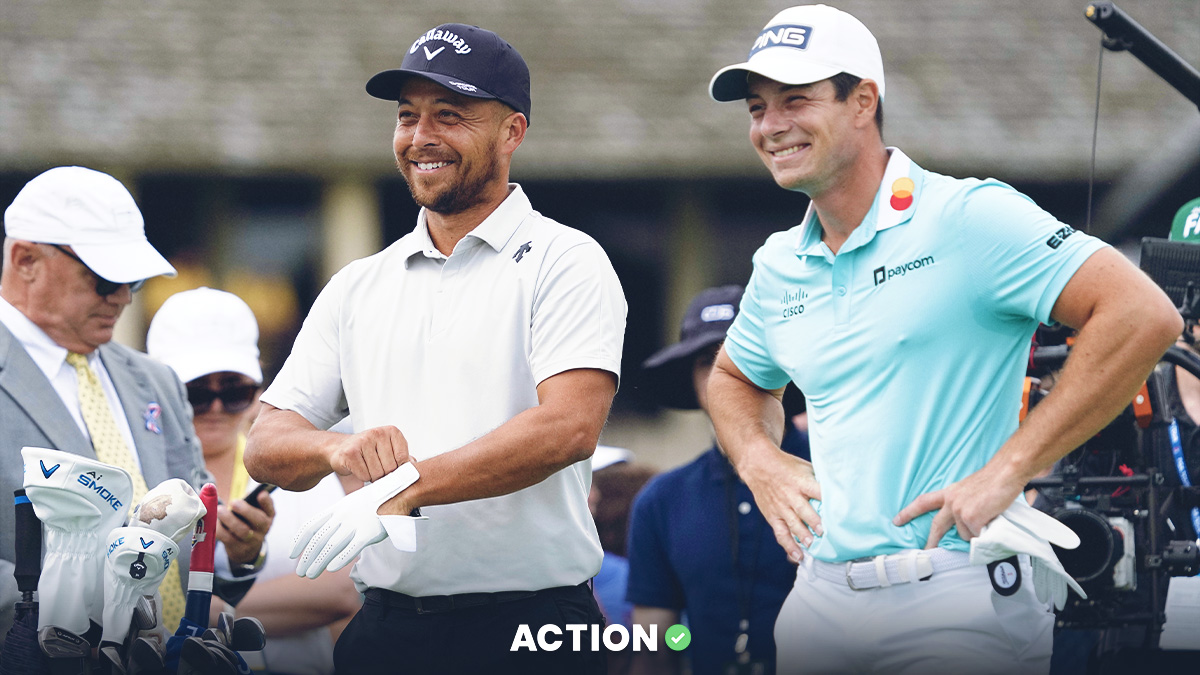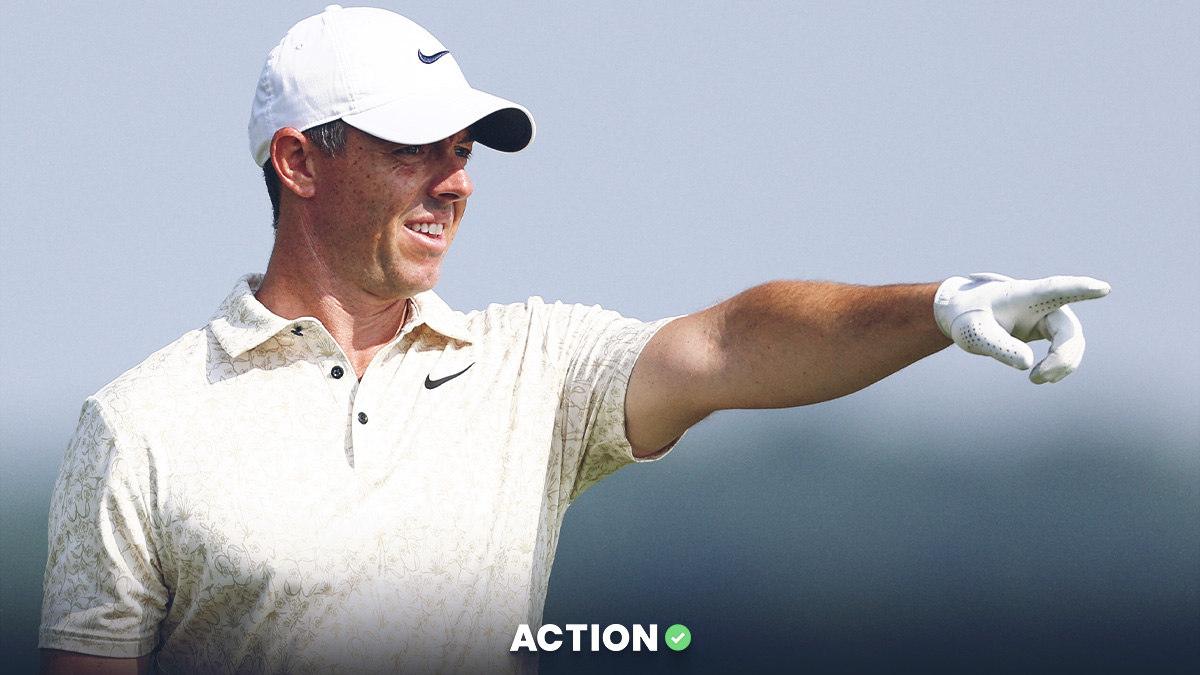When Luke Donald was named to replace Europe’s erstwhile Ryder Cup captain Henrik Stenson last August, one of the first phone calls he made was to Edoardo Molinari.
A former U.S. Amateur champion, three-time DP World Tour winner and Ryder Cup team member himself, Molinari had already begun breaking down the analytics as a vice captain, a role Donald immediately asked him to continue.
“He is very smart, very switched on,” the captain explained during last week’s event. “He understands from a player standpoint, too, having played a Ryder Cup himself, the pressure and everything that goes towards it. And he knows that numbers can make a difference.”
In the wake of Europe’s 16½-11½ victory over the United States, Molinari has been referred to as the team’s “secret weapon” for his behind-the-scenes prep work.
In this Q&A, he speaks about that work, crunching the numbers and the satisfaction of seeing these plans come to fruition.
You’ve always tracked every competitive shot as a player and you’ve built your own golf analytics business while still continuing your career. Tell me about that path and why you’ve invested so heavily in it.
I started recording my own stats back in 2003 when I was still studying engineering in college in Italy. I’ve never been the most talented of golfers, but I felt it was a massive help towards improving my game. During the years, I developed more and more sophisticated KPIs for my own game and eventually at the end of 2019 a few players asked me if I could help them analyze their games, too. Initially, I thought of it as just a hobby, but it became so popular that I had to hire a couple of people to help me and now it’s a proper business.
Much like some professional golfers’ careers spanned the generation of persimmon-head woods to 460-cc titanium drivers, you’ve transcended an era when statistics were considered a novelty to their palpable relevance today. What shifts have you seen in how the industry understands and utilizes the metrics?
These days, more and more players and their teams use some kind of analytics to help them improve and get better results. To be honest, I always thought stats are a must-have, as it’s almost impossible to have a clear picture of your game over a long period of time if you’re not tracking your stats properly. Even if you look [only] at ShotLink numbers, you’re missing so many details.
I assume that when Luke appointed you to the position of vice captain, you understood your role as the number-cruncher on staff. What was some of the first research you started doing at that point?
The very first thing I did was create a system to rank and compare players that were playing on the PGA Tour and on the DPWT. This was always going to be the foundation of what I needed for Luke and the European Ryder Cup team as you want to make sure to have the best 12 players in the team. Having six picks was great, but we also wanted to make sure to pick the six players that were best suited to help us win the Ryder Cup.
When it came to those captain’s selections, how integral was the idea of identifying players who fit the golf course? What about seeking those whose games meshed on a statistical level with other players for either of the two partnered formats?
As far as the captain’s picks, we had to take into account number of different factors. Players whose games were better suited for Marco Simone, players who were the best fit for others who were already in the team (especially in foursomes), players who were most in form in the weeks prior to the Ryder Cup and finally players who we thought could perform best under the immense pressure of a Ryder Cup environment. Once we considered all options, we were still struggling with strong fourball players, so we had to bring in a couple of players better suited for that format.
Europe started by winning all four matches in the opening foursomes session. What is the preferred pairings strategy in this format? Similar players together? Opposites? Or does it go deeper than that?
On the analytics side, we had a simulation system in place where we could look at all the possible pairings across all players (132 possible different pairings, if you include all possible even/odds combinations), make them play Marco Simone thousands of times, and look at the predicted average score and volatility for each combination. This was very detailed as it would take into account each player’s strengths and weaknesses from each distance, all the way from the tee shots to short putting.
However, it wasn’t only based on stats as we also looked at player personalities, individual preferences for players they would like to play with and players they wouldn’t like to play with and finally which balls they play. There were a couple of foursomes that we would have loved to use, but we couldn’t because the players were playing balls that were too different from each other and they were not comfortable switching.
In the end. getting the foursomes pairings right was the most difficult thing and it took a lot of time, but I think we did a decent job considering that we won the foursomes, 7-1. Fourball pairings are much easier as you have a lot more flexibility and how one player plays doesn't really affect how the other player plays.
How did analytics impact course setup? Were there specific shots where you believed the Europeans had an edge over the Americans? And if so, how did you take advantage of that knowledge?
We kept an eye on the stats of both the European players and U.S. players since May 2022, especially those of the players that were pretty certain to be on the team on both sides and playing the most matches. It became pretty clear that the U.S. players were better inside 150 yards, while the Europeans were better outside 175 yards. We hardly had any advantage in accuracy off the tee, but we were slightly longer for the first time ever.
Without going into too much detail, we set up the course to hide the areas where our players were weaker than the U.S. players and made sure that the most golf was played in areas where we were better. Rory said it best a few weeks before when he said, “If Marco Simone is a tee shot, long irons and putting contest we have a good chance to win.” It’s all about increasing your chances, but the players still need to execute.
Can you give an example of a course setup tactic — moving a tee back or forward, maybe pinching fairways at specific points — that was derived from your statistical base and proven successful during the week?
The rough was thick but playable (nothing like Paris), we built a new tee on the 18th hole to make it reachable and forced players to go for it rather than laying up to wedge distance and many other little things. Having three years of data from the Italian Open certainly helped in preparing the course to fit a certain type of player.
Justin Rose said something Sunday evening which really stuck out to me: “A good pairing on the European team doesn’t mean playing with your best mate.” Was there a delicate balance between identifying players who wanted to compete together and those who made the most sense analytically?
As I said before, it’s a balance between a lot of factors. Our players are so close to each other that almost everyone was happy to play with anyone else – and even more importantly, everyone understood their role in the team and bought into it, whether that meant playing five matches or only three. Justin was the prime example of that, putting his own ego to the side for the benefit of the team and doing everything he could to get some points for our team. He was a true leader by example.
It felt like the entire team bought into the idea that the analytics best set them up for success, which in turn promoted greater confidence, which then led to momentum. Was it difficult to get some of the world’s best players to endorse these ideas?
It’s amazing how all these ideas were well received by our players. I guess when they come from a fellow player, they buy into it more than usual. Luke was a great communicator and he subtly instilled a lot of these ideas into the players. By the beginning of the week, there was great clarity, motivation and confidence across all players and caddies.
They bought so much into it that everyone knew exactly what they needed to do on the course and Luke never had to interfere while they were playing, as everyone was very clear on what had to be done in every situation. I think the last thing you want to do is tell a player what they should or shouldn’t do in a pressure situation. Just let them play and make sure everyone is well prepared before going out.
What would be your response to someone who watched the Ryder Cup and concluded: “Analytics don’t matter, one team just outplayed the other.”
I completely agree that analytics are just a small part of the Ryder Cup. The captain and the players have always been and will always be the main actors, but good analytics can sometimes give a team a little edge that can go a long way to win a Ryder Cup. Modern players are all very equal to each other and if you can shift the odds slightly more in your favor, you’d be crazy not to do it. Again, analytics is just one of many different things that Luke did and he was a great captain because he managed to use a lot of different factors into building the best possible team and motivate his players to play some great golf.
I wouldn’t expect you to cite any examples, but did you observe instances in which the U.S. team started trailing and abandoned some of its analytical strategies?
There were a few strange decisions, but it’s difficult to comment on something that I can only see from outside. Some of the picks and some of the foursomes pairings really surprised me, but again, I don’t know the full reasoning behind them, so I’d rather not comment. All I can say is that it’s very difficult to get everything right and even a small mistake in preparation or planning can cause some big issues.
Last question: After all the long hours, all the energy you put into trying to help this team be successful, how satisfying is it to see all of this come to fruition?
I was obviously very proud of how the week ended up. My biggest satisfaction, aside from the result, were the nice words that Luke and most of our players said about me, whether directly to me or in the media. I spent a lot of time doing this and it’s very satisfying to listen to them and understand that I played a small part in helping them win the Ryder Cup back.


